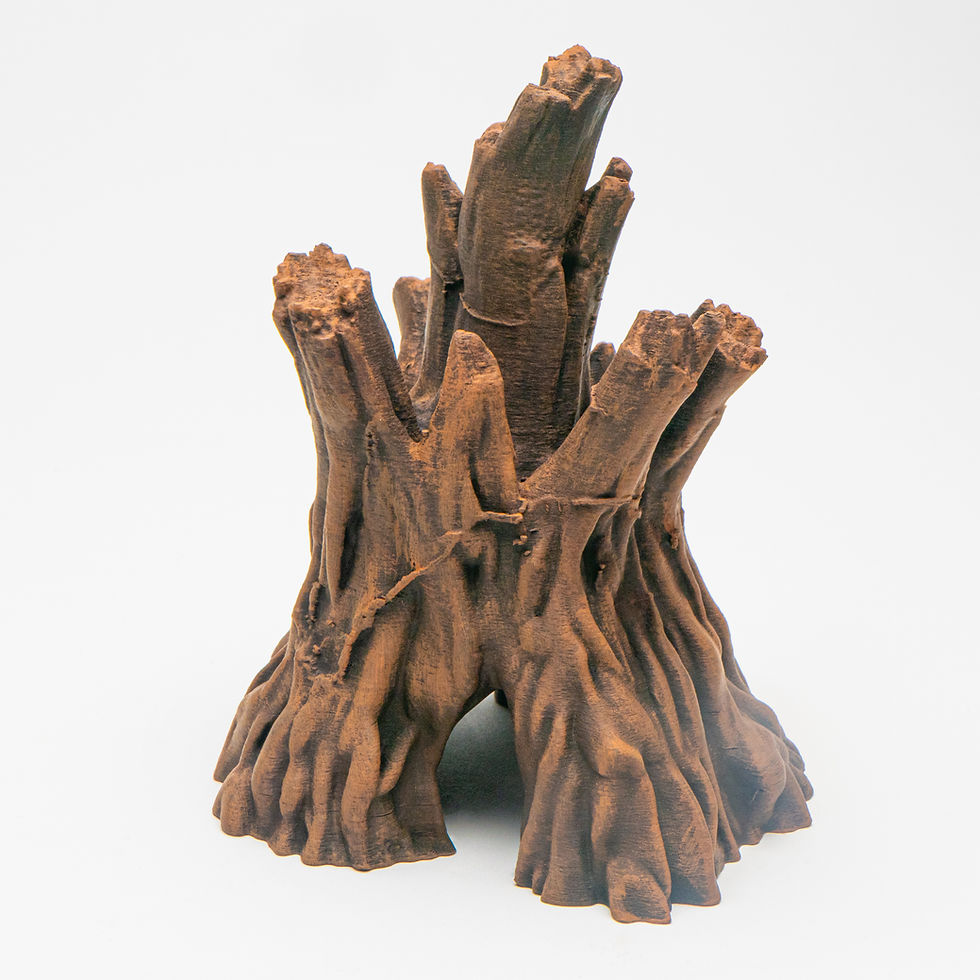Pheidole obtusospinosa is a fascinating and unique ant species known for its polymorphism, with colonies featuring minor workers, major workers, and the rare supermajors. Found primarily in the southwestern United States and northern Mexico, these ants are especially notable for their rapid growth and distinct physical characteristics. They inhabit woodland areas and typically nest under rocks, although they have also been found in less conventional locations such as under cow pats and in dead tree branches.
Pheidole obtusospinosa
Pheidole obtusospinosa thrives in woodland habitats composed of pine, oak, and juniper. They commonly nest under rocks, but colonies have also been discovered in unusual locations, such as in a cow pat or high in a dead tree branch. The colonies are typically very large and can dominate their surroundings, often to the exclusion of other ant species.
The species is trimorphic, with three distinct castes: minor workers, major workers, and supermajors. The minor workers handle general colony tasks, while the major workers, with their larger heads, serve as soldiers. Supermajors are even larger and are rare within the colony. The ants are medium-sized, with workers ranging from 2.5 to 3.5 mm, majors from 4 to 6 mm, and supermajors from 6 to 8 mm.
Pheidole obtusospinosa colonies can grow rapidly, especially when provided with ample food and the right temperature. They primarily feed on liquid sugars and protein sources such as insects. Their brood development takes 3-7 weeks depending on the caste and environmental conditions. This species does not require a diapause period and can continue to grow throughout the year.
Their colonies are monogynous, typically housing a single queen and up to 5,000 workers. Pheidole obtusospinosaants are highly aggressive, with a fast bite but no sting. They are known for their ability to forage quickly and efficiently, working both individually and in groups to bring larger prey back to the nest. In competition with other ant species, such as the red harvester ant, they employ tactics like blocking competitors' nests to delay their foraging.




































